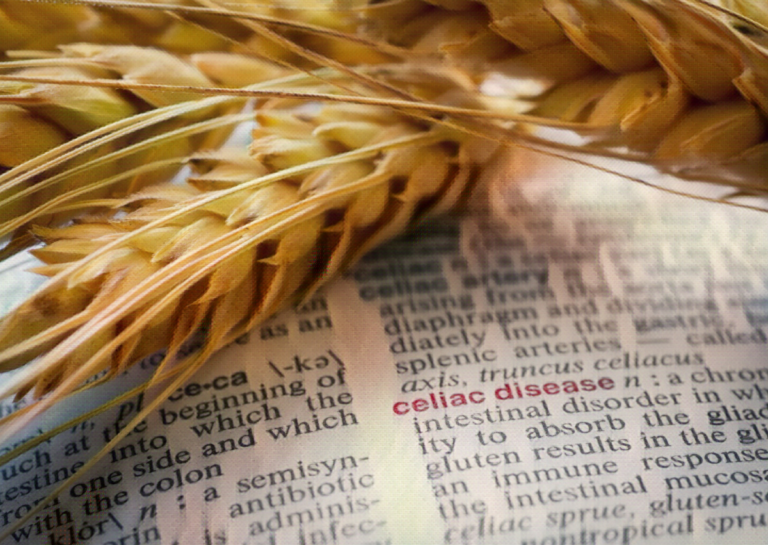Overview
Celiac disease is a chronic autoimmune disorder that affects the digestive system. It is caused by an abnormal immune response to gluten, a protein found in wheat, barley, and rye. In children, celiac disease can lead to a wide range of symptoms and complications, including malnutrition, growth problems, and developmental delays.
Symptoms
The symptoms of celiac disease in children can vary widely, but some of the most common include:
- Diarrhea
- Constipation
- Abdominal pain and bloating
- Fatigue
- Weight loss
- Delayed growth and development
- Anemia
- Skin rash (dermatitis herpetiformis)
- Mouth ulcers
- Behavioral changes
It is important to note that some children with celiac disease may have no symptoms at all, or only mild symptoms, making diagnosis difficult.
Causes
Celiac disease is caused by an abnormal immune response to gluten, a protein found in wheat, barley, and rye. When a person with celiac disease eats gluten, their immune system mistakenly attacks the lining of the small intestine, causing inflammation and damage. This makes it difficult for the body to absorb nutrients from food, leading to a wide range of symptoms and complications.
Celiac disease is believed to be caused by a combination of genetic and environmental factors. About 1 in 10 people with celiac disease have a first-degree relative (parent, child, sibling) with the condition. In addition, certain genetic variations, known as HLA-DQ2 and HLA-DQ8, are found in about 90% of people with celiac disease.
Treatment
The only treatment for celiac disease is a strict gluten-free diet. This means avoiding all products that contain wheat, barley, and rye, as well as any products that may be cross-contaminated with gluten during processing.
Following a gluten-free diet can be challenging, but with the help of a registered dietitian, most children with celiac disease can maintain a healthy diet.
It is important to note that while some children may experience symptom relief soon after starting a gluten-free diet, it can take several months or even years for the small intestine to fully heal.
Prevention
There is no known way to prevent celiac disease. However, early diagnosis and treatment can help prevent complications and long-term damage.
It is recommended that children at high risk of celiac diseases, such as those with a first-degree relative with the condition, be screened for the disease.
Citations
- American College of Gastroenterology. (2013). ACG Clinical Guideline: Diagnosis and Management of Celiac Disease. Retrieved from https://gi.org/guideline/diagnosis-and-management-of-celiac-disease/
- National Institute of Diabetes and Digestive and Kidney Diseases. (2021). Celiac Disease. Retrieved from https://www.niddk.nih.gov/health-information/digestive-diseases/celiac-disease
- Mayo Clinic. (2021). Celiac Disease. Retrieved from https://www.mayoclinic.org/diseases-conditions/celiac-disease/symptoms-causes/syc-20352220
- Celiac Disease Foundation. (2021). Celiac Disease in Children. Retrieved from https://celiac.org/about-celiac-disease/related-conditions/celiac-d
